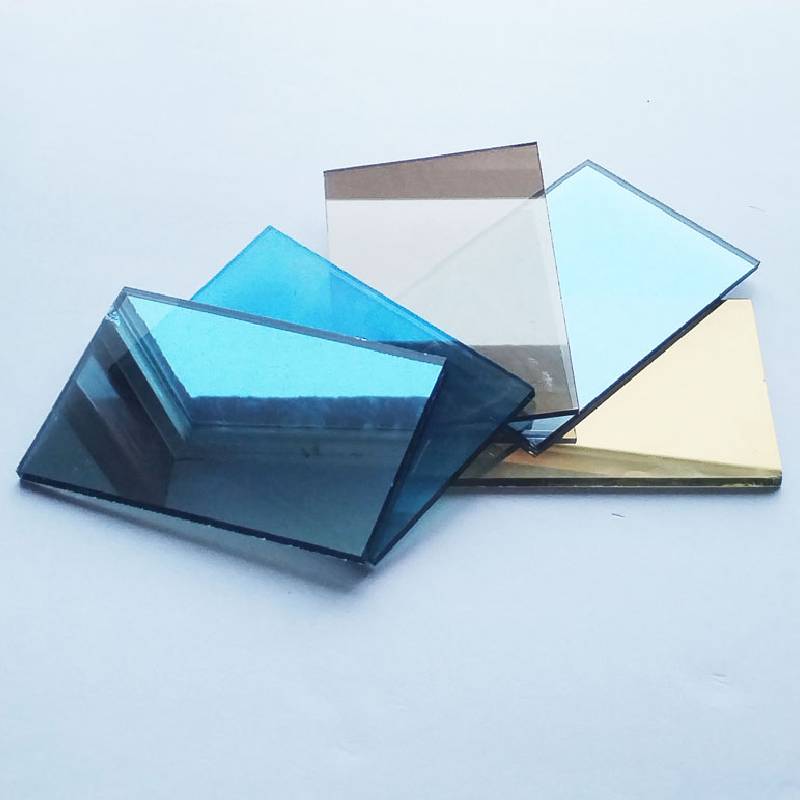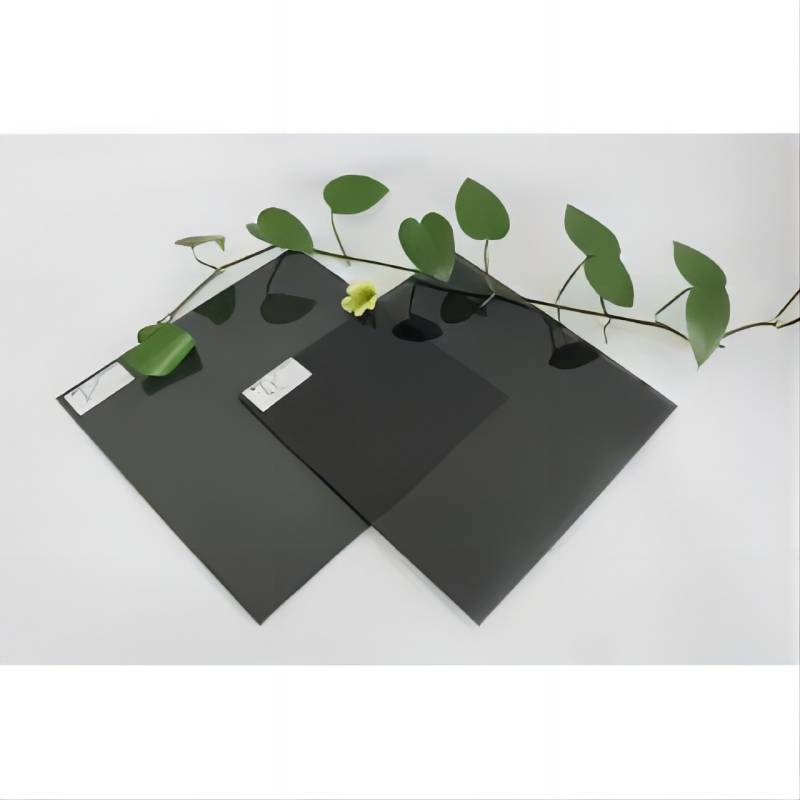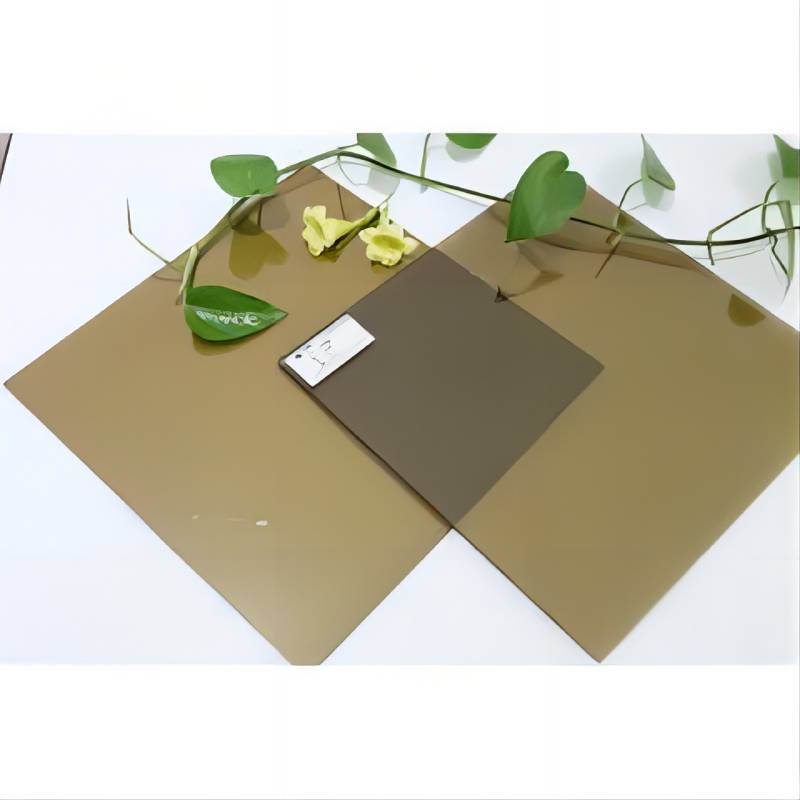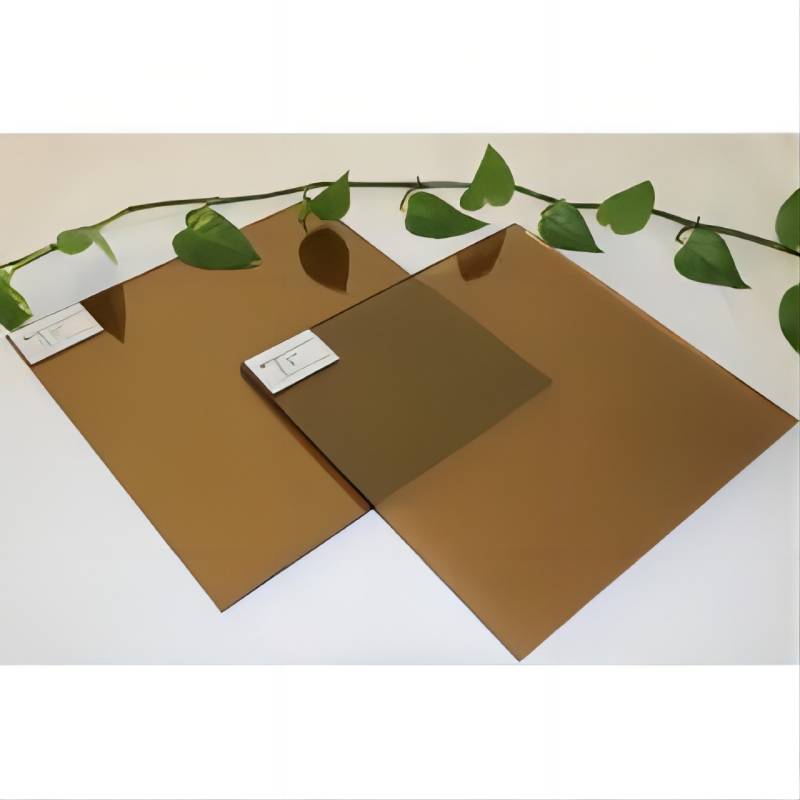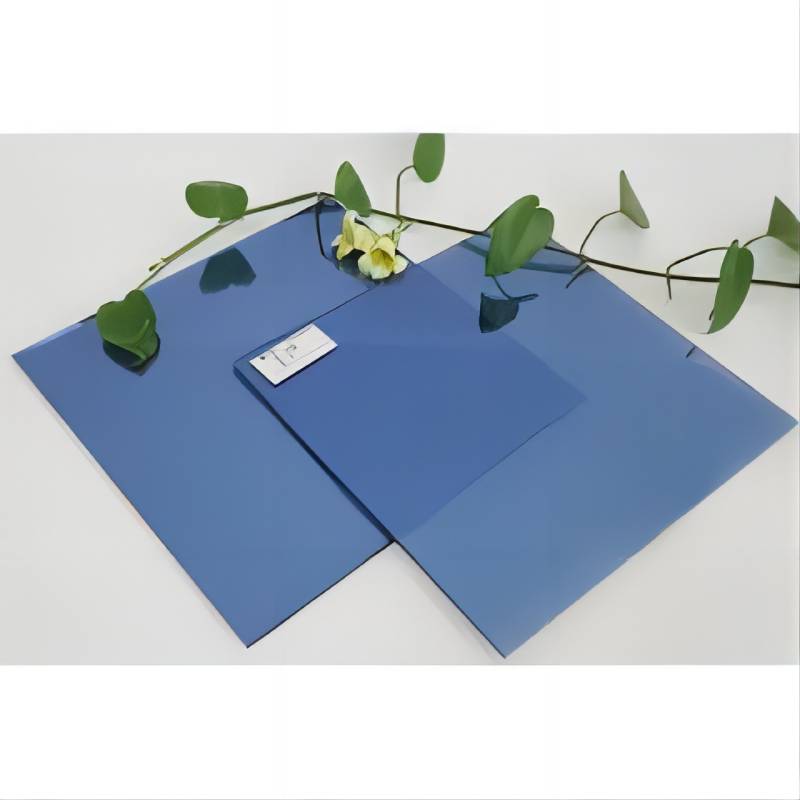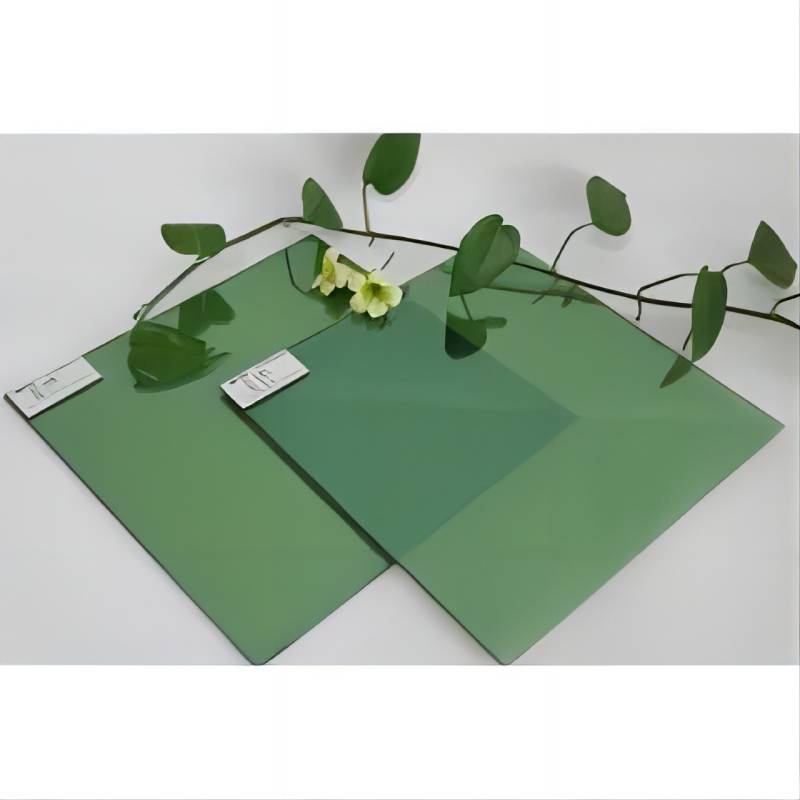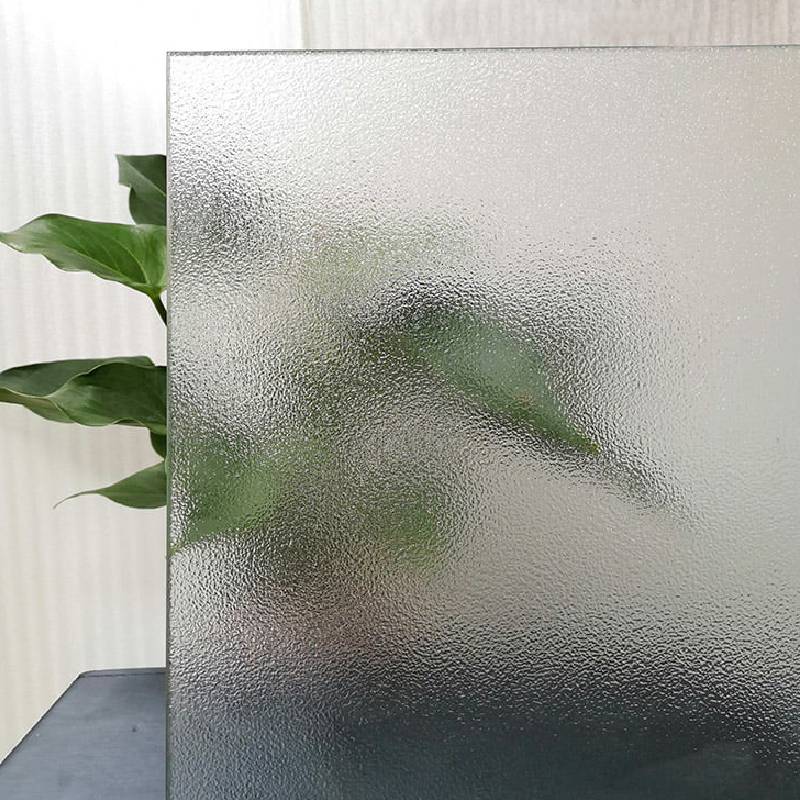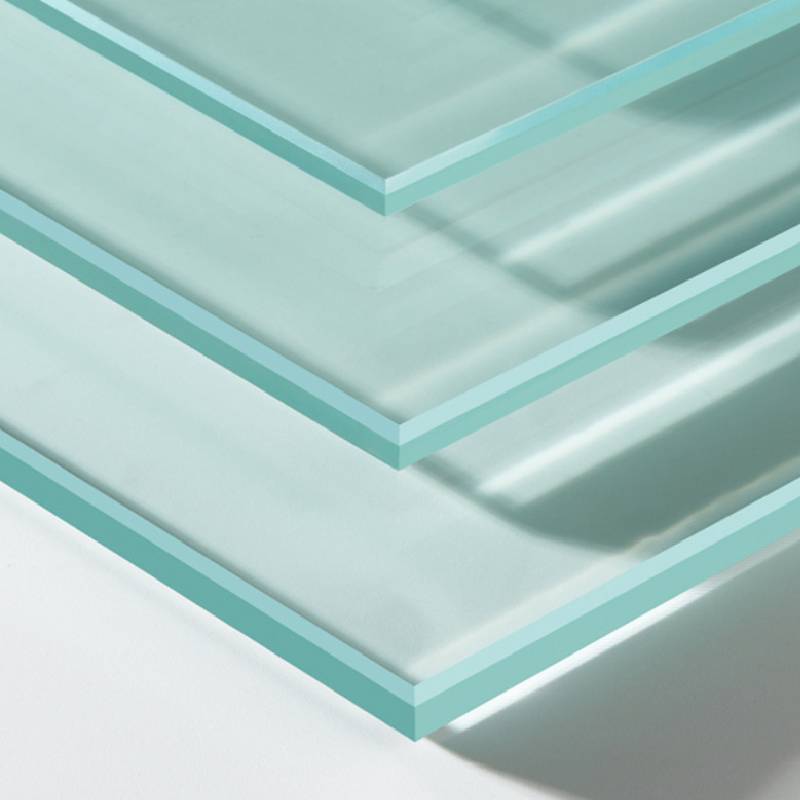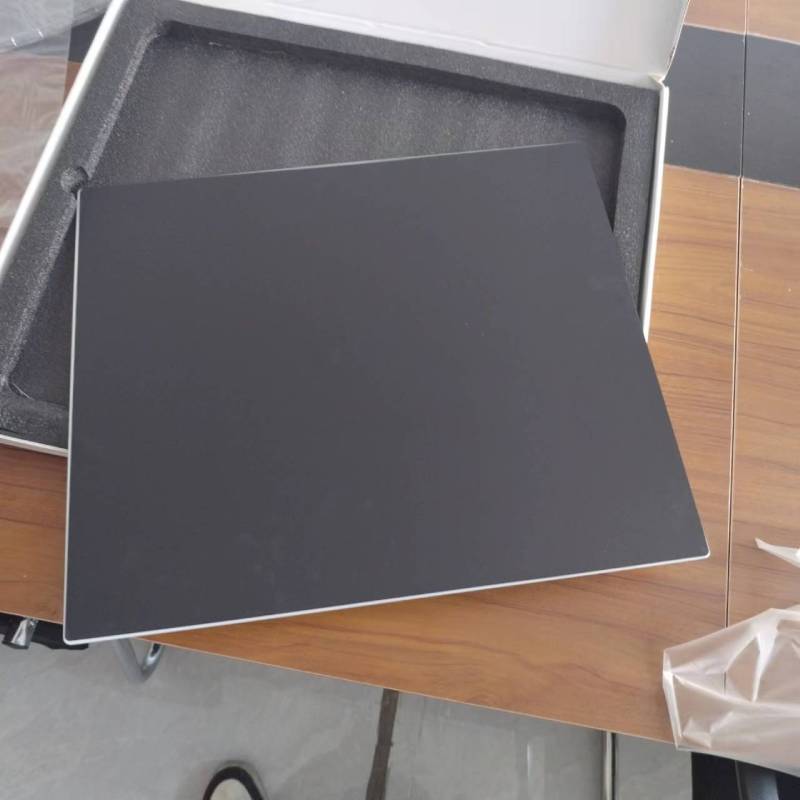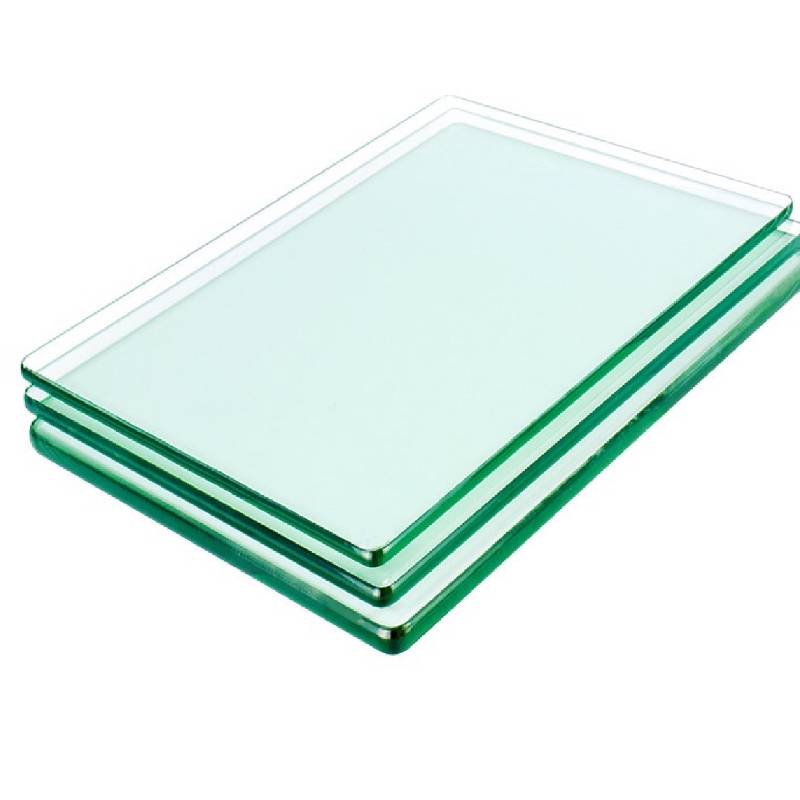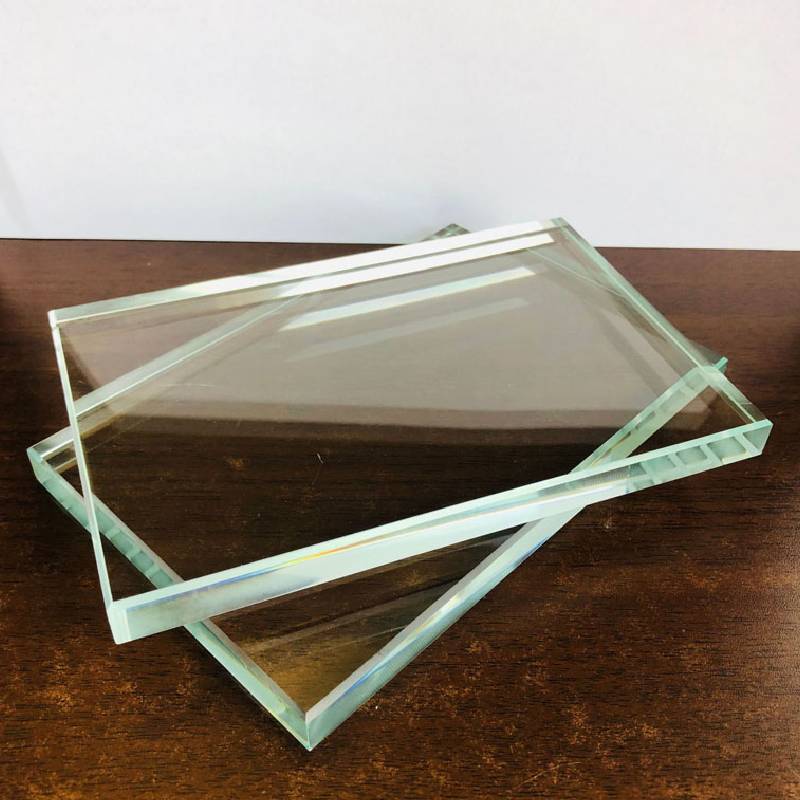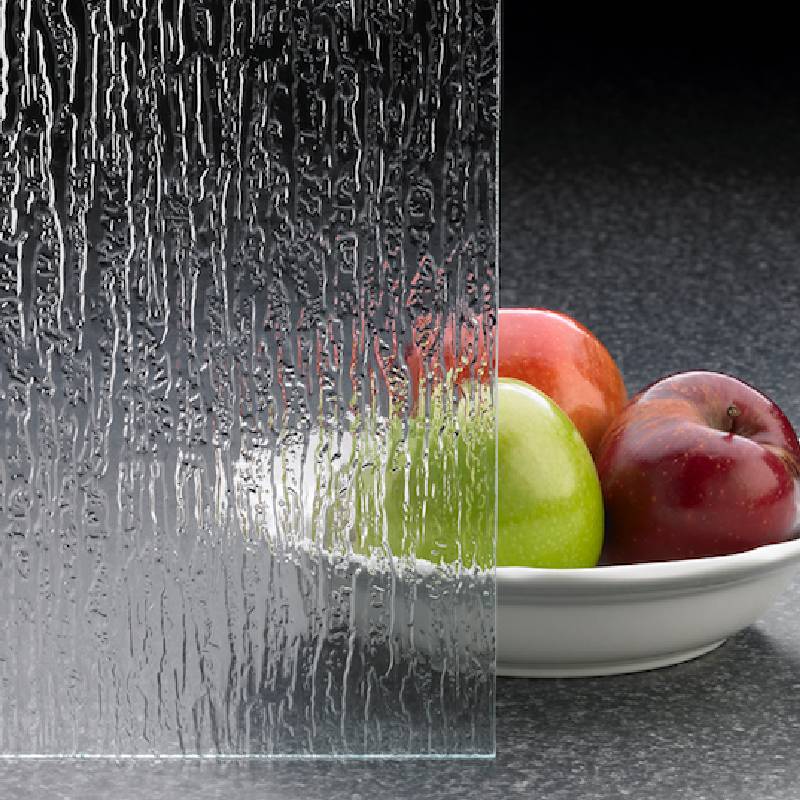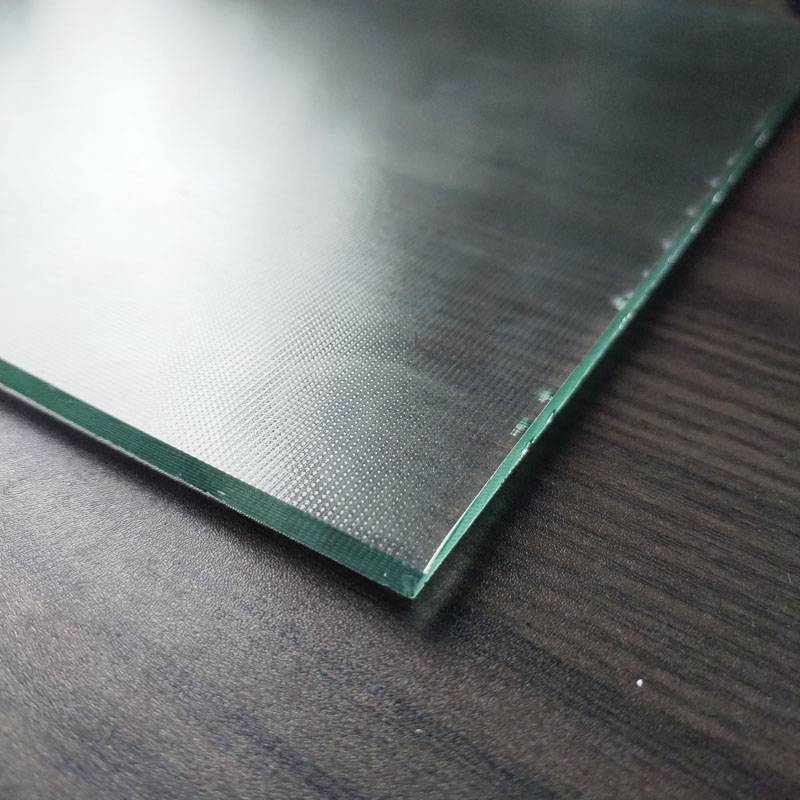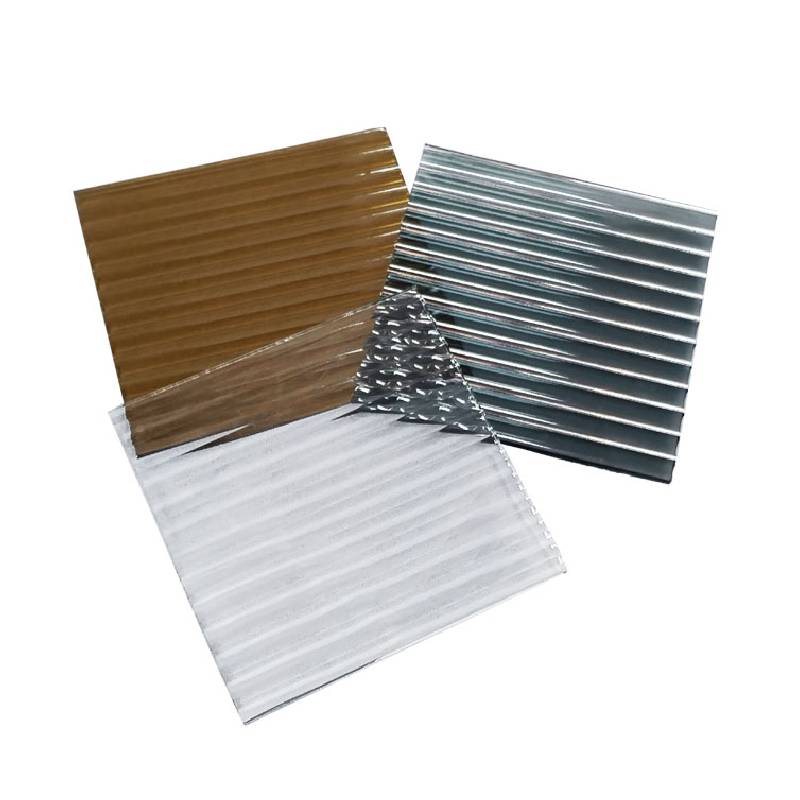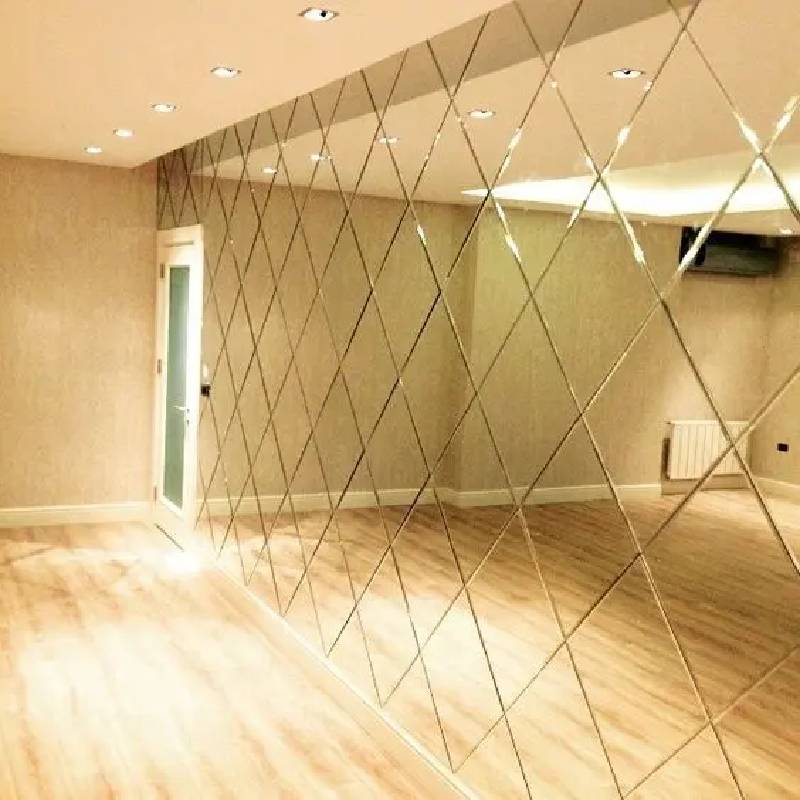Type: light blue reflective glass, dark blue reflective glass, light green reflective glass (French green reflective glass), dark green reflective glass (emerald green reflective glass), brown reflective glass, bronze reflective glass, European gray reflective glass, dark Gray reflective glass, black reflective glass, gold reflective glass, silver reflective glass,
Thickness: 4mm, 5mm, 6mm.
Size: 1830*2440, 2140*3300, 2140*3660, 2140*1650, 2250*3300, 2250*3660, 2440*3660.
Color reflective glass is manufactured through a process known as vacuum sputtering or magnetron sputtering. This method involves depositing metallic oxides onto the surface of clear or tinted glass in a vacuum chamber. By controlling the composition and thickness of these metallic coatings, manufacturers can achieve a wide range of colors and reflective properties.
During the sputtering process, the glass substrate is placed in a vacuum chamber along with targets made of the desired metal oxides, such as titanium, zinc, or silicon. High-voltage electrical currents are then applied to the targets, causing atoms to be ejected and deposited onto the glass surface. The thickness and composition of these coatings determine the color and reflective characteristics of the glass.
Several parameters play a crucial role in determining the performance and appearance of color reflective glass:
- Visible Light Transmission (VLT): VLT refers to the percentage of visible light that passes through the glass. Different applications may require varying levels of VLT to control glare and brightness indoors.
- Solar Reflectance: This parameter measures the ability of the glass to reflect solar radiation, helping to reduce heat gain and energy consumption in buildings.
-
- U-Value: The U-value indicates the rate of heat transfer through the glass. Low U-values signify better insulation properties, contributing to energy efficiency in buildings.
-
- Color Rendering Index (CRI): CRI measures the ability of a light source to accurately reveal the colors of objects compared to natural light. High CRI values are desirable for applications where color fidelity is important, such as museums or retail spaces.
-
Color reflective glass finds applications across various sectors, thanks to its aesthetic appeal and functional properties:
- Architectural Facades: Reflective glass facades add a contemporary touch to buildings while improving energy efficiency by reducing solar heat gain. The reflective surfaces also create dynamic visual effects, especially in urban landscapes.
- Interior Design: In interior spaces, color reflective glass can be used for partitions, doors, and decorative elements to enhance natural light distribution and create visually striking environments.
- Automotive Industry: Reflective glass coatings are utilized in automotive windows to improve visibility, reduce glare, and enhance the overall appearance of vehicles. Additionally, they help regulate interior temperatures, improving comfort for passengers.
- Electronics: Color reflective glass is integral to the production of display panels for electronic devices such as smartphones, tablets, and televisions. The reflective coatings enhance screen clarity and color vibrancy, providing an optimal viewing experience for users.
- Solar Panels: Some variants of color reflective glass are engineered for use in photovoltaic solar panels, where they serve as protective layers while also optimizing light absorption for electricity generation.
 Afrikaanse
Afrikaanse  Albanees
Albanees  Amhaars
Amhaars  Arabisch
Arabisch  Armeens
Armeens  Azerbeidzjaans
Azerbeidzjaans  baskisch
baskisch  Wit-Russisch
Wit-Russisch  Bengaals
Bengaals  Bosnisch
Bosnisch  Bulgaars
Bulgaars  Catalaans
Catalaans  Cebuano
Cebuano  Corsicaans
Corsicaans  Kroatisch
Kroatisch  Tsjechisch
Tsjechisch  Deens
Deens  Nederlands
Nederlands  Engels
Engels  Esperanto
Esperanto  Ests
Ests  Fins
Fins  Frans
Frans  van Friesland afkomstige
van Friesland afkomstige  Galicisch
Galicisch  Georgisch
Georgisch  Duits
Duits  Grieks
Grieks  Gujarati
Gujarati  Haïtiaans Creools
Haïtiaans Creools  huis
huis  Hawaiiaans
Hawaiiaans  Hebreeuws
Hebreeuws  Nee
Nee  Miao
Miao  Hongaars
Hongaars  IJslands
IJslands  igbo
igbo  Indonesisch
Indonesisch  Iers
Iers  Italiaans
Italiaans  Japans
Japans  Javaans
Javaans  Kannada
Kannada  Kazachs
Kazachs  Khmer
Khmer  Rwandese
Rwandese  Koreaans
Koreaans  Koerdisch
Koerdisch  Kirgizisch
Kirgizisch  TB
TB  Latijns
Latijns  Lets
Lets  Litouws
Litouws  Luxemburgs
Luxemburgs  Macedonisch
Macedonisch  Malgashi
Malgashi  Maleis
Maleis  Malayalam
Malayalam  Maltees
Maltees  Maori
Maori  Marathi
Marathi  Mongools
Mongools  Myanmar
Myanmar  Nepalees
Nepalees  Noors
Noors  Noors
Noors  Occitaans
Occitaans  Pasjto
Pasjto  Perzisch
Perzisch  Pools
Pools  Portugees
Portugees  Punjabi
Punjabi  Roemeense
Roemeense  Russisch
Russisch  Samoaans
Samoaans  Schots-Gaelisch
Schots-Gaelisch  Servisch
Servisch  Engels
Engels  Shona
Shona  Sindhi
Sindhi  Singalees
Singalees  Slowaaks
Slowaaks  Sloveens
Sloveens  Somalisch
Somalisch  Spaans
Spaans  Soendanees
Soendanees  Swahili
Swahili  Zweeds
Zweeds  Tagalog
Tagalog  Tadzjiekse
Tadzjiekse  Tamil
Tamil  Tataars
Tataars  Telugu
Telugu  Thais
Thais  Turks
Turks  Turkmeens
Turkmeens  Oekraïens
Oekraïens  Urdu
Urdu  Oeigoerse
Oeigoerse  Oezbeeks
Oezbeeks  Vietnamees
Vietnamees  Welsh
Welsh  Hulp
Hulp  Jiddisch
Jiddisch  Joruba
Joruba  Zoeloe
Zoeloe 

